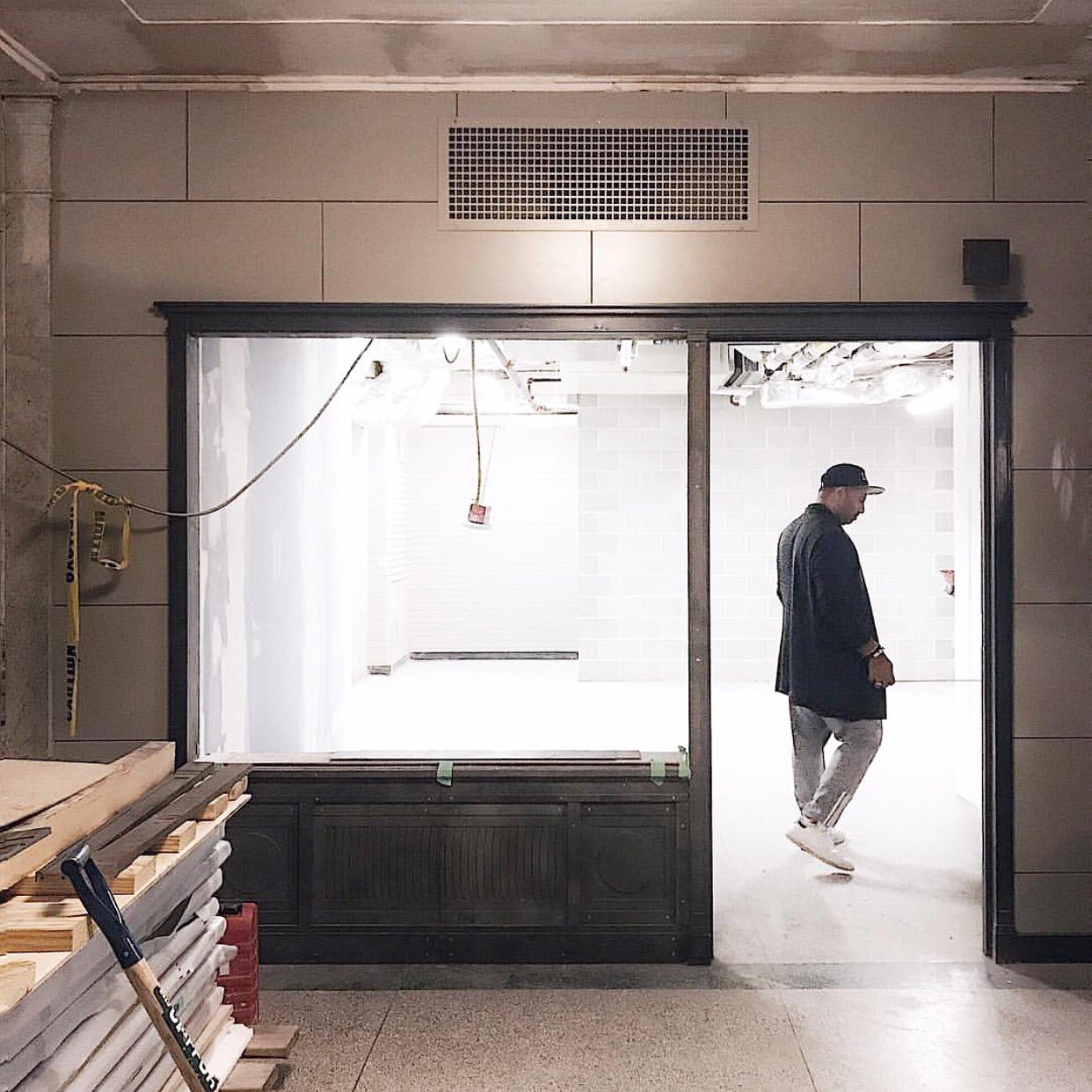rbt
Senior Member
That's only possible if the train doesn't stop anywhere else along the route in Canada.
This is actually much harder than you might think. It'll be any stop at all for any reason, including non-passenger stops. This train goes through the massive freight X-Ray machine on a regular basis; they're clearly looking for stow-aways (both goods and people). If it stops due to the Welland canal bridge or track congestion regularly, everyone might be required to get off the train just to check what may have been added to it.
US customs at that crossing seems very cautious.

